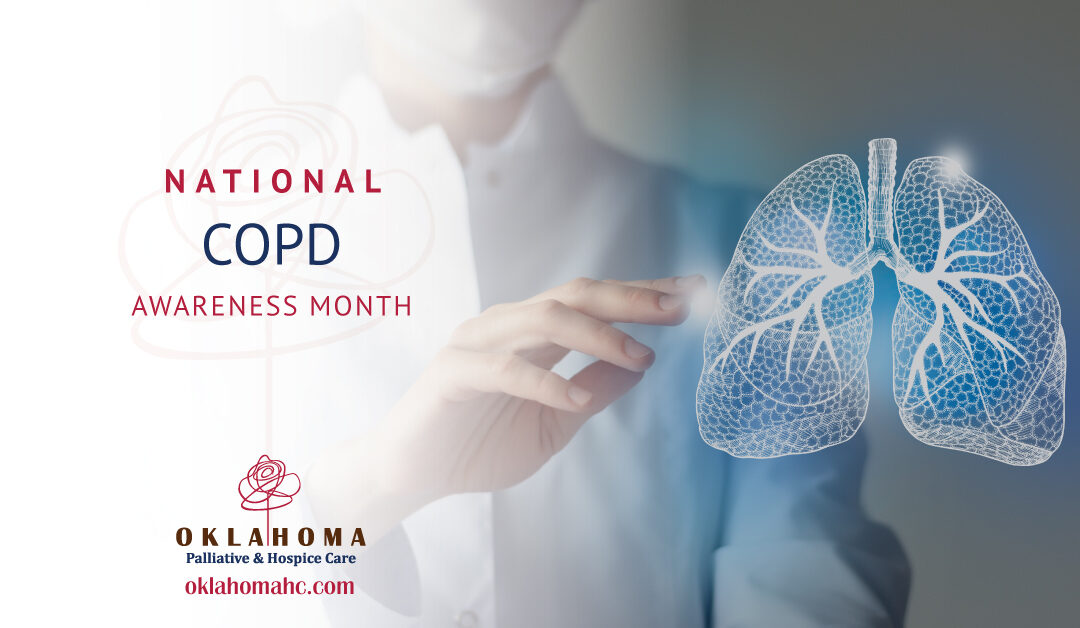November is National COPD Awareness Month. Nearly 16 million American adults live with chronic obstructive pulmonary disease (COPD), a disease that kills more than 150,000 people in the U.S. and more than 3.2 million annually across the globe. Keep reading to learn more about the condition, what causes it, and how to treat and care for it.
What is COPD?
COPD is an umbrella term used to describe chronic lung diseases, including emphysema and chronic bronchitis. The primary characteristic of the illness is breathlessness.
Unfortunately, COPD can progress for years if it is not diagnosed. This is why it’s critically important to talk to a health care provider if you or a loved one starts to experience any of the following symptoms:
- A chronic cough
- Shortness of breath while performing daily activities
- Wheezing
- Blue lips and/or fingernail beds
- Frequent respiratory infections
- Fatigue
- Producing a lot of mucus
Causes of COPD
Over time, exposure to lung and airway-damaging irritants can lead to COPD. Smoking is the primary cause of COPD, but other causes include:
- Your environment — What we breathe in every day, from our home to work and outdoor air quality, plays a role in developing COPD. Long-term exposure to pollution, dust, chemicals and secondhand smoke can cause COPD.
- Alpha-1 Deficiency — A small number of people develop a rare form of COPD known as alpha-1 deficiency-related emphysema. This type of COPD is caused by a genetic condition that impacts the body’s ability to produce Alpha-1 — a protein that protects the lungs.
- Medical history — A history of childhood respiratory infections also increases your risk of developing COPD as an adult.
Reducing the Risk of COPD
Here are some steps you can start taking today to limit your risk of COPD:
- Stop smoking if you are a smoker.
- Don’t start smoking if you are not already a smoker.
- Avoid exposure to secondhand smoke.
- Stay away from harmful chemicals and fumes at work and home.
How Hospice and Palliative Care Can Help
If COPD progresses to a point where living comfortably alone at home becomes increasingly difficult, hospice and palliative care treatment options are available. As COPD worsens, symptoms become more severe, including lung infections, pain, nausea, and difficulty breathing. Hospice and palliative care can help you and your family live more comfortably via emotional and physical support. The care works to make you as comfortable as possible, while also providing comfort and care to your loved ones. Contact us today to learn more.

